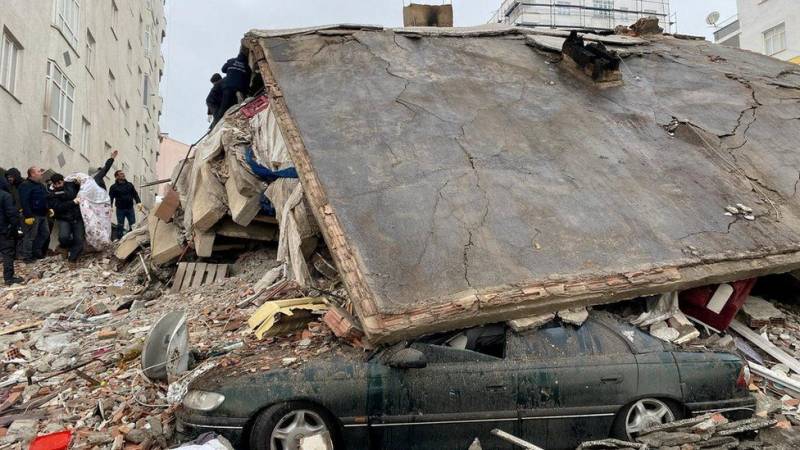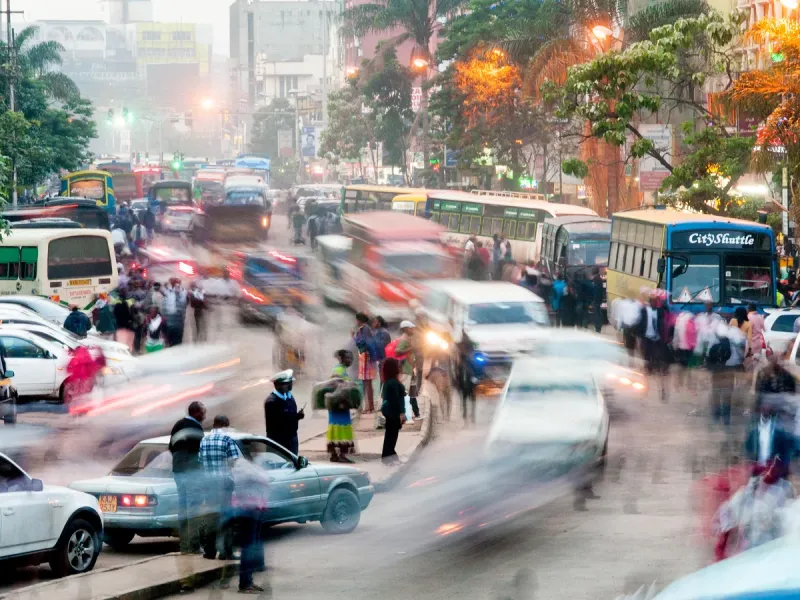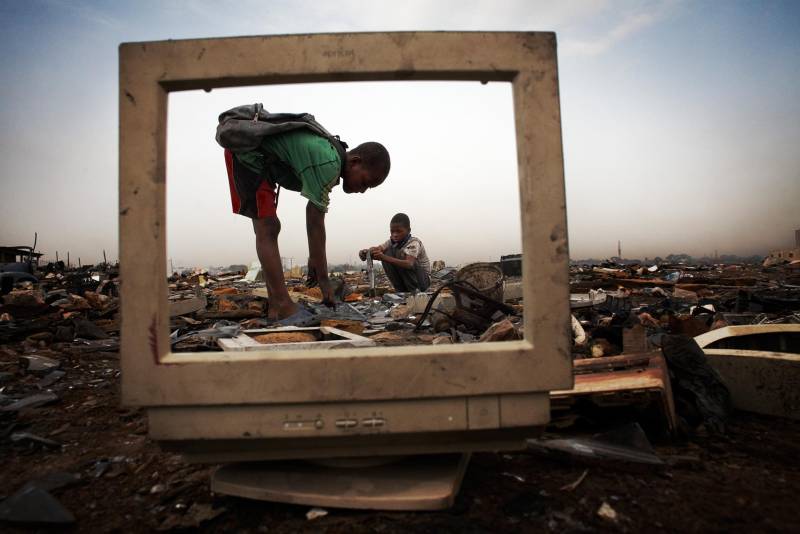More than 11,000 people have been reported killed and tens of thousands of others injured by the devastating earthquake that rocked Turkey and Syria on Monday. Thousands of buildings collapsed in the two nations and aid agencies are warning of “catastrophic” repercussions in northwest Syria, where millions of vulnerable and displaced people were already relying on humanitarian support. Massive rescue efforts are underway with the global community offering assistance in search and recovery operations. Meanwhile, agencies have warned that fatalities from the disaster could climb significantly higher. Here’s what we know about the quake and why it was so deadly.
Where did the earthquake hit?
One of the most powerful earthquakes to hit the region in a century rocked residents from their slumber in the early hours of Monday morning around 4 a.m. The quake struck 23 kilometers (14.2 miles) east of Nurdagi, in Turkey’s Gaziantep province, at a depth of 24.1 kilometers (14.9 miles), the United States Geological Survey (USGS) said.
A series of aftershocks reverberated through the region in the immediate hours after the initial incident. A magnitude 6.7 aftershock followed 11 minutes after the first quake hit, but the largest temblor, which measured 7.5 in magnitude, struck about nine hours later at 1:24 p.m., according to the USGS.
That 7.5 magnitude aftershock, which struck around 95 kilometers (59 miles) north of the initial quake, is the strongest of more than 100 aftershocks that have been recorded so far. Rescuers are now racing against time and the elements to pull survivors out from under debris on both sides of the border. More than 5,700 buildings in Turkey have collapsed, according to the country’s disaster agency.
Monday’s quake was also one of the strongest that Turkey has experienced in the last century – a 7.8 magnitude quake hit the east of the country in 1939, which resulted in more than 30,000 deaths, according to the USGS.
Why was this one so deadly?
A number of factors have contributed to making this earthquake so lethal. One of them is the time of day it occurred. With the quake hitting early in the morning, many people were in their beds when it happened, and are now trapped under the rubble of their homes. Additionally, with a cold and wet weather system moving through the region, poor conditions have made reaching affected areas trickier, and rescue and recovery efforts on both sides of the border significantly more challenging once teams have arrived. Temperatures are already bitterly low, but on Wednesday were expected to plummet several degrees below zero. An area of low pressure currently hangs over Turkey and Syria. As that moves off, this will bring “significantly colder air” down from central Turkey, according to CNN’s senior meteorologist Britley Ritz.
It was forecast to be -4 degrees Celsius (24.8 degrees Fahrenheit) in Gaziantep and -2 degrees in Aleppo on Wednesday morning. On Thursday, the forecast falls further to -6 degrees and -4 degrees respectively. With scattered showers and snow in the region set to continue, the elements are putting the lives of those trapped underneath the rubble – who have already gone days without food and water – at risk of hypothermia. Meanwhile, officials have asked residents to leave buildings for their own safety amid concerns of more aftershocks.
Why have so many buildings toppled?
With so much damage in both countries, many are starting to ask questions about the role that local building infrastructure might have played in the tragedy. “The thing that strikes mostly are the type of collapses – what we call the pancake collapse – which is the type of collapse that we engineers don’t like to see,” said Mustafa Erdik, a professor of earthquake engineering at Bogazici University in Istanbul. “In such collapses, it’s difficult – as you can see – and a very tragic to save lives. It makes the operation of the search and rescue teams very difficult.” Erdik told CNN the images of widespread destruction and debris indicate “that there are highly variable qualities of designs and construction.” He says the type of structural failures following an earthquake is usually partial collapse. “Total collapses are something you always try to avoid both in codes and the actual design,” he added.
USGS structural engineer Kishor Jaiswal told CNN Tuesday that Turkey has experienced significant earthquakes in the past, including a quake in 1999 that hit southwest Turkey and killed more than 14,000 people. Because of this, he said, many parts of Turkey have regional building regulations to ensure construction projects can withstand these types of events.
But not all buildings have been built according to the modern Turkish seismic standard, Jaiswal said. Deficiencies in the design and construction, especially in older buildings, mean that many buildings could not withstand the severity of the shocks. “If you are not designing these structures for the seismic intensity that they may face in their design life, these structures may not perform well,” said Jaiswal. Erdik also said he believed many of the buildings that have collapsed were likely “built pre-1999 or … with older codes.” He added there also would have been instances where some buildings didn’t conform to the code.
“The codes are very modern in Turkey, very similar to US codes, but again, the codes conformity is an issue that we’ve tried to tackle with legal and administrative procedures,” he explained. “We have the permits from municipalities and controls for design, controls for construction. But then again, there are things that are lacking.”
Despite the mounting challenges, a structural engineer and humanitarian coordinator have urged rescuers not to give up hope as survivors could be found up to “weeks” after the massive earthquake hit the region. Kit Miyamoto, president of the non-profit Miyamoto Global Disaster Relief, praised the community in Turkey who came together and “did their part” after the quake struck.
“The community, the citizens, they’re the ones that are actually the first line of defense,” he told CNN Wednesday. “They dug up family, friends, neighbors.”
Why do earthquakes happen?
Earthquakes occur on every continent in the world – from the highest peaks in the Himalayan Mountains to the lowest valleys, like the Dead Sea, to the bitterly cold regions of Antarctica. However, the distribution of these quakes is not random. The USGS describes an earthquake as “the ground shaking caused by a sudden slip on a fault. Stresses in the earth’s outer layer push the sides of the fault together. Stress builds up and the rocks slip suddenly, releasing energy in waves that travel through the earth’s crust and cause the shaking that we feel during an earthquake.”
Earthquakes are measured using seismographs, which monitor the seismic waves that travel through the Earth after a quake. Many may recognize the term “Richter Scale” which scientists previously used for many years, but these days they generally follow the Modified Mercalli Intensity Scale (MMI), which is a more accurate measure of a quake’s size, according to the USGS.
How big is a 7.8 earthquake?
The power of an earthquake is known as magnitude. The intensity of the shaking can vary depending on the local geography and topography, and the depth of the quake. On the magnitude scale, each increase of one whole number translates to 32 times more energy. On this occasion, shaking from the 7.8 magnitude earthquake in southern Turkey could be felt as far as Israel and Lebanon, hundreds of kilometers away. Turkey is no stranger to strong earthquakes, as it is situated along tectonic plate boundaries. Seven quakes with magnitude 7.0 or greater have struck the country in the past 25 years – but Monday’s was one of the most powerful.
It is also the strongest quake to hit anywhere in the world since an 8.1 magnitude quake struck a region near the South Sandwich Islands in the southern Atlantic Ocean in 2021, though the remote location of that incident resulted in little damage.
Why are there so many earthquakes in Turkey?
CNN’s meteorologist and severe weather expert Chad Myers said, “we always talk about the epicenter, but in this case, we should talk about the epi-line.” Two massive tectonic plates – the Arabian and the Eurasian – meet underneath Turkey’s southeastern provinces. Along this fault line, “about 100 miles from one side to the other, the earth slipped,” Myers continued. Seismologists refer to this event as a “strike-slip” – “where the plates are touching, and all of a sudden they slide sideways,” Myers said.
This is unlike the Ring of Fire, which runs along the west coast of the United States. In this zone, earthquakes and tsunamis are often caused by subduction – where one plate slides below another. But in a “strike-slip,” the plates move horizontally, rather than vertically. “Why that matter is because the buildings don’t want to go back and forth. And then the secondary waves begin to go back and forth as well,” Myers added.
Because of the nature of this seismic event, aftershocks could last “for weeks and months,” according to CNN meteorologist Karen Maginnis.




